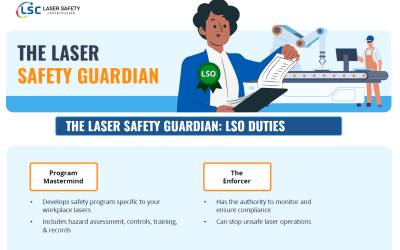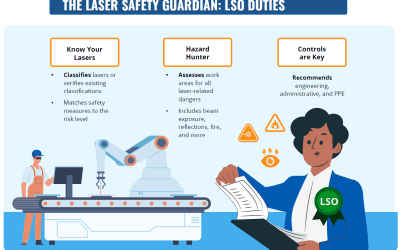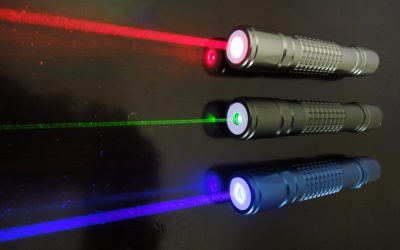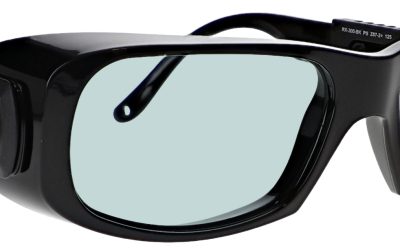Laser Tattoo Removal Facts – Up to 10 times and using 2 approved systems
Getting that tattoo when you’re 21 seems like an awesome idea up until the moment where you say…what was I thinking? Now you want it removed, but where do you start?
How Long Will it Take?
It takes about 10 laser sessions to remove a tattoo [2] and costs about 10 times as much as it did to get the tattoo in the first place.
About 30% of people in the US have at least 1 tattoo, and about 25% of those people regret it. (By the way, if you’re a laser tattoo removal provider, that equates to about 27 million potential customers!)
Tattoo Removal Efficiency
Here’s another number: You will probably only see about 90% of your tattoo fully removed. This is for a variety of reasons.
Tattoos made of light colors, greens, yellow and white tend to be more difficult to remove, while blue and black are easier. The tattoo removal happens because the laser light beam breaks up the pigment. It takes different laser wavelengths to remove different colors and you’ll have different results based on color. So expect multiple trips to see your tattoo removal expert.
Tattoo Removal Outcomes
There are side effects to tattoo removal: redness, swelling, blistering, scabs, bruising, hyperpigmentation (skin darkening) and hypopigmentation (skin lightening). Good news – these effects are temporary. The Mayo Clinic provides a blog with an overview of the risks. [1]
Who do you see about your tattoo removal? Well, that depends. In New Jersey, only a licensed physician can do laser tattoo removal, but in most places your best bet is a dermatologist or other reputable technician. Whoever you see, have an in-depth consultation to discuss the process and likely outcome.
Common Tattoo Removal Techniques
There are several common tattoo removal techniques outlined in an American Society of Plastics Surgeons [2] of which laser tattoo removal is only one method.
There are only 2 FDA approved laser systems for tattoo removal: the Q-switched ND: YAG model and more recently, the picosecond laser system. If you learn your clinic is only using IPL (intense pulse light) for tattoo removal, it’s a red flag and you should not proceed because it will only burn and scar your skin. It’s ok for hair removal and skin rejuvenation, but NOT for tattoo removal.
How Laser Safety Certification can help
It is important that cosmetic and healthcare organizations have a Cosmetic Laser Safety Officer to provide employee training for the proper handling of laser equipment in cosmetic procedures. Cosmetic Laser Safety Officer training and certification for key staff members and laser safety training for all employees that use laser enabled devices is an important part of any safety program. An ongoing LSO training program will ensure that all employees stay up to date.
See our Cosmetic Laser Safety and Cosmetic LSO Certification courses for more information and get certified today. Get started today by enrolling your company. We also have an FAQ section with common answers about our courses, certification options and kit offerings. Or send us an email at info@lasersafetycertifiction.com if you want more information about how we can help your business use lasers safely while protecting your employees and your customers.

References
[1] Mayo Clinic, Tattoo removal: https://www.mayoclinic.org/tests-procedures/tattoo-removal/about/pac-20395105
[2] American Society of Plastic Surgeons, Tattoo Removal: https://www.plasticsurgery.org/cosmetic-procedures/tattoo-removal




